Welcome to the 404 new members of the curiosity tribe who have joined us since Friday. Join the 89,181 others who are receiving high-signal, curiosity-inducing content every single week.
Today’s newsletter is brought to you by LEX!
What they do: make it easy to invest in real estate
Pop quiz…What asset class has created more millionaires than any other? Answer: Real estate.
Today’s sponsor, LEX, has a really cool angle for investing in real estate. LEX does an “IPO” for a building, so you can directly invest in marquee commercial real estate. You can build a portfolio of buildings you want to invest in. Each building has a ticker, just like stocks. As a shareholder, you can get paid dividends flowing from the rent paid by the tenants. You can also earn tax advantaged passive income and trade without lockups.
Check out LEX’s live assets in New York City and upcoming IPO in Seattle.
Sign up for free here and get a $50 bonus when you deposit at least $500.
Today at a Glance:
Cognitive biases and logical fallacies are systematic errors in thinking and reasoning that negatively impact decision-making quality, logic, and outcomes.
Combatting them relies first and foremost on establishing a level of awareness—both academically and practically.
Part I of this series covered Fundamental Attribution Error, Naïve Realism, the Curse of Knowledge, Availability Bias, and Survivorship Bias.
Today’s Part II covers Loss Aversion, the Spotlight Effect, Heaven’s Reward Fallacy, Confirmation Bias, and Baader-Meinhof Phenomenon.
Dangerous Mental Errors

A few weeks ago, I shared Part I of a multi-part series on cognitive biases and logical fallacies.
In the opening to the piece, I commented on the fascinating dichotomy of our species:
We possess the capacity to accomplish some complex feat of technology and engineering, and subsequently fall victim to the most obviously flawed base logic. For a hyper-intelligent species, our thinking and decision-making patterns can be pretty fractured.
To be sure, many of these fractures were—for much of human history—features, not bugs. It’s logical to surmise that they were hardwired into our DNA because they made it incrementally more likely that we would survive to reproductive age.
But the facts on the ground have changed—we live in a Digital Age—and our thinking and reasoning pathways have not had enough time to “catch up” to those new realities.
So, we have to force it—we have to fight back and regain control over the quality of our decision-making and logic.
In today’s Part II of the multi-part series, I’ll cover five common cognitive biases and logical fallacies that negatively impact decision-making quality, logic, and outcomes. To really bring it to life, for each one, I’ll provide a definition, example, and perspectives on how to fight back.
Without further ado, let’s dive in…
Loss Aversion
Definition
The pain of losing something is more powerful than the pleasure of winning it.
Loss aversion was first identified by famed behavioral scientists Amos Tversky and Daniel Kahneman, who found that humans had a tendency to prefer avoiding losses over acquiring equivalent gains.
Accordingly, people were typically willing to take actions to avoid losses that they wouldn’t have taken to seek gains.
Economists had previously assumed humans were rational actors—that $100 in losses would drive the same amount of pain as $100 in gains would create pleasure. Wrong. Humans are enigmatic creatures!
Example
Investors—professional and amateur alike—provide some of the most clear, trackable examples of loss aversion. The pain and fear of realizing a loss often leads investors to hold onto losing positions much longer than they should.
The media contributes to this bias—dunking on investors who cut ties with losing positions rather than celebrating the fact that they may have exhibited clear, rational thinking.
How to Fight Back
Avoid emotional connection to your possessions—whether they are investments, material items, or money. Attempt to distance your emotions from the decision-making process where possible.
Ask questions:
Am I being objective and rational in this decision?
Am I too connected emotionally to make a rational decision?
If you are too connected to a given decision, you may need to outsource it to an objective third-party.
The Spotlight Effect
Definition
Humans significantly overestimate the degree to which other people are noticing or observing our appearance or actions.
It causes a lot of social anxiety—it keeps people from being themselves due to an irrational fear of judgement.
We incorrectly assume that others are thinking about us. The reality: Everyone is just thinking about themselves.
Example
Imagine you go to a dinner party. You’re nervous about the party, because you know there will be a lot of smart attendees and you won’t know anyone there.
During the cocktail hour, you’re in a small group discussion and say something incorrect about the current state of domestic economic affairs. Your error is pointed out politely and the conversation moves on in a different direction.
The conversation has moved on—but you haven’t. Your brain is swirling around the moment where your error was pointed out.
Your internal dialogue turns negative: “Everyone thinks I’m an idiot. They’re all staring at me. I wish I could leave.”
For the rest of the event, you feel self-conscious and distant, worried about making another mistake.
How to Fight Back
It sounds morbid, but constantly remind yourself that no one *really* cares about you. No one is obsessing over your hits and misses as much as you are. Full stop.
Life is scary and complex—everyone is just trying to make their own way through it.
It's liberating to realize that most people don't really think about you…
Heaven’s Reward Fallacy
Definition
Humans tend to have an expectation that they will be be justly rewarded and praised for all of their hard work and sacrifice.
The reality is that a lot of our efforts go unnoticed, particularly early in our careers. Much of the work is thankless.
This is a dangerous error because the constant expectation of external affirmation simply breeds resentment when it doesn’t come.
Example
Early in your career—or really at any point in your career—you often have to sacrifice greatly for the benefit of the team or organization.
The expectation that these actions will have an equal and opposite reaction—in the form of promotions, compensation, or praise—is unfortunately misguided.
It leads to disappointment and resentment and is an underlying cause of a lot of employee churn and retention issues.
How to Fight Back
There are two sides to this:
As an individual, detach inputs from outputs. Design your own rewards for your hard work and sacrifice. Give yourself a break, take yourself to a nice meal, etc. Redefine rewards as being internal—the growth and progress you’ve made—vs. focusing on the external.
As an organization or team leader, become aware of the disappointment and resentment that a lack of external affirmation can create. Make a point of providing team members with clear signs of appreciation and small rewards. A little bit goes a long way!
Confirmation Bias
Definition
Humans have a tendency to see and interpret information in a manner that supports previously held beliefs.
We systematically ignore evidence that negates our beliefs and systematically embrace evidence that confirms our beliefs. As a result, we fail to see the world as it is—and instead see it how we want to see it.
Very common and very dangerous.
Example
Imagine you’re starting a new company.
You have a hypothesis about the way the world should work that is notably different from how it works today.
You start gathering data to assess your hypothesis:
When the new data is positive, you smile. This idea is a winner!
When the new data is negative, you frown. There must have been an error in the experiment. You’ll have to run it again.
I think I know of at least one “revolutionary” blood testing company that followed this playbook. It didn’t work out so well…
How to Fight Back
Actively seek out evidence that would challenge your beliefs. Gather information from a diverse range and spectrum of sources. Think of yourself as a scientist following the evidence to confirm or refute your hypotheses.
With big decisions, I always ask myself a few key questions:
How am I being an idiot? Harsh, but very important to understand what your potential blindspots are on a big decision.
What would I have to learn to completely change my mind on this topic?
Learn to enjoy being wrong and changing your mind. This is a unique trait of the world’s most successful people.
Baader-Meinhof Phenomenon
Definition
New awareness of something creates an illusion that it's appearing more frequently.
If you see something once and register its presence, you’re immediately more likely to notice it the next time it appears, which further reinforces your perception that it is constantly appearing in front of you.
Example
How often do you look at the clock and see 11:11? It feels like all the time, right?
This is just one simple example of the Baader-Meinhof Phenomenon in action.
You see a lot of times on your clock, but only mentally register it when it reads 11:11, which further cements the illusion that you only look at the clock at 11:11.
Brands often seek to exploit the Baader-Meinhof Phenomenon in their marketing campaigns in an attempt to create an illusion of scale, reach, and omnipresence. It has historically been very profitable to exploit natural human cognitive biases in marketing efforts!
How to Fight Back
When you start to feel like you are seeing something everywhere, pause, take a step back, and observe its actual frequency relative to a fair baseline.
In the harmless example of the clock, make a note every time you look at the clock and it isn’t 11:11.
Conclusion
So to recap Part II of the mental errors series:
Loss Aversion: Humans tend to prefer avoiding losses vs. achieving gains. Fight back through detaching emotions from possessions.
Spotlight Effect: Humans significantly overestimate the degree to which other people are noticing or observing our appearance or actions. Fight back by remembering that no one *really* cares about you.
Heaven’s Reward Fallacy: Humans tend to have an expectation that they will be be justly rewarded and praised for all of their hard work and sacrifice. Fight back by creating your own internal rewards.
Confirmation Bias: Humans have a tendency to see and interpret information in a manner that supports previously held beliefs. Fight back by being willing to change your mind and identifying what learnings would cause that change.
Baader-Meinhof Phenomenon: New awareness of something creates an illusion that it's appearing more frequently. Fight back by pausing to observe the actual frequency of an event.
I hope you find this series as valuable as I do.
I encourage you to work through it slowly—take the time to think deeply on each item. Your decision-making consistency, logic, and outcome quality will improve as a result.
Where It Happens Podcast
Elon's Twitter Takeover and The Future of Social Media with Sriram Krishnan
Watch it on YouTube and listen to it on Apple Podcasts or Spotify.
Special thanks to our sponsors for providing us with the support to bring this episode to life.
This episode is also brought to you by MarketerHire. MarketerHire provides on-demand access to pre-vetted, top-tier marketers who can freelance as much or as little as needed.
They’ve made it easy to hire great marketers. With pre-vetted talent and expert hand-matching, you can add a proven marketer to your team in less than a week.
Go to marketerhire.com to learn more.
Sahil’s Hiring Zone
Talent Collective
Completely free for candidates. Use the link here to apply!
Companies can get exclusive access to these terrific candidates by buying a collective pass here.
Featured Opportunities
Clipboard Health - Growth Strategy & Marketing Manager, Engineering Manager
Elevate Labs - Head of Growth Partnerships
Gruntwork - Senior Software Engineer
Practice - Product Designer
DaoHq - Founding Solidity Developer
Artifact - Product Designer
Clay - Growth Manager
Assemble - Software Engineer
The full board with 20+ other roles can be found here!






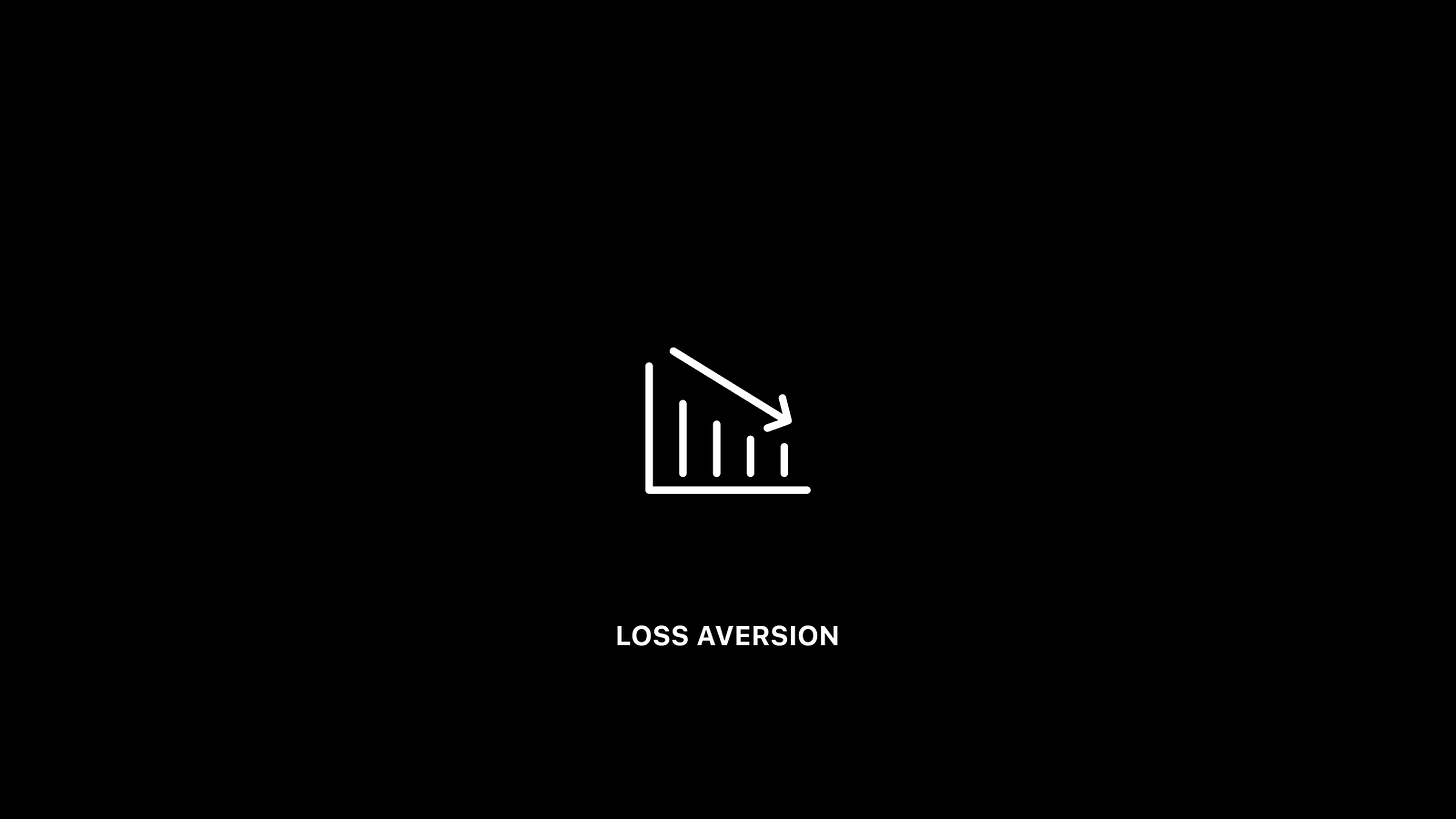

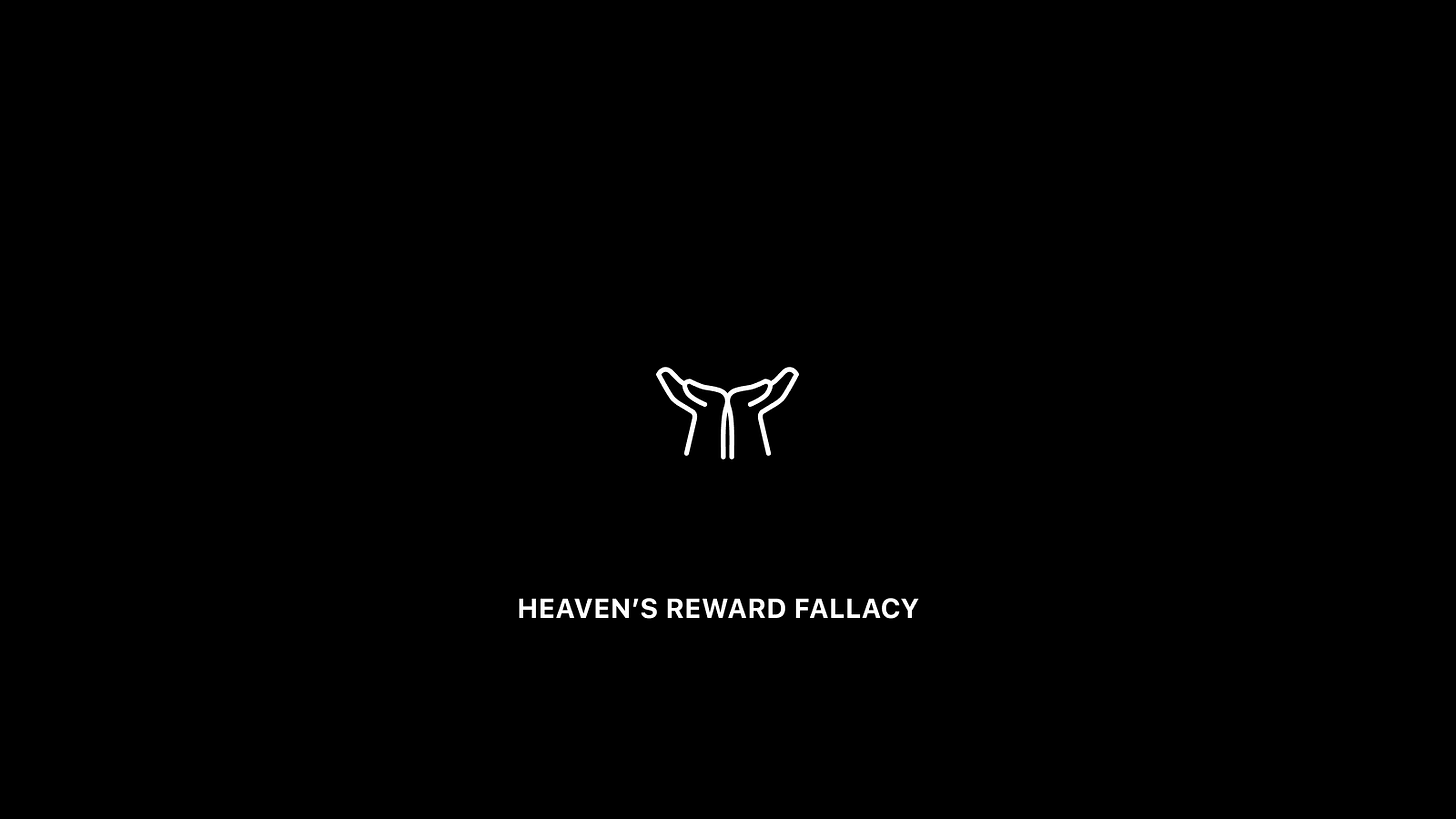
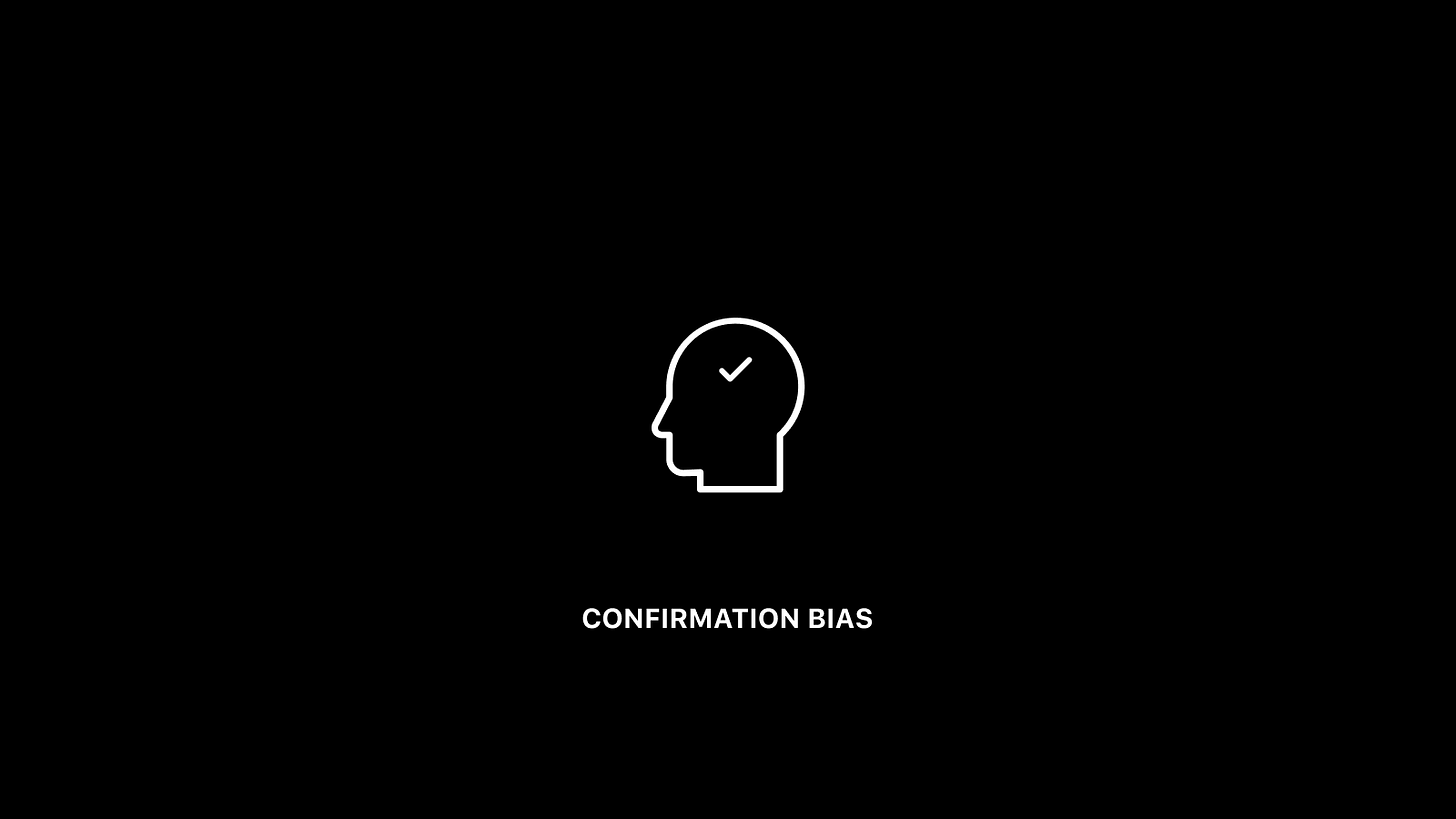







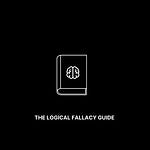
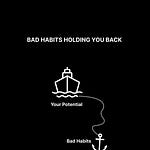

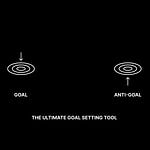

Share this post